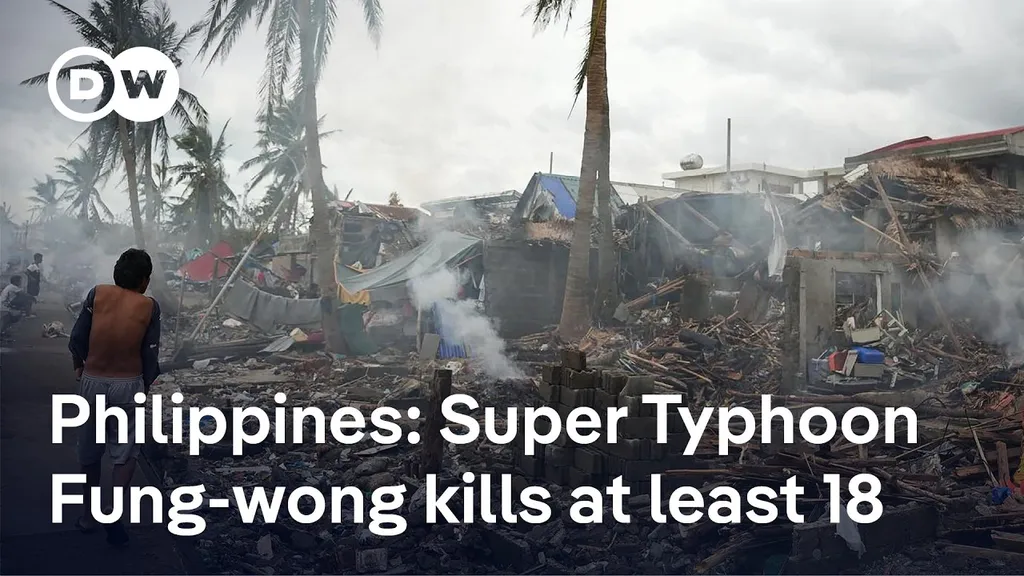In the heart of Southeast Asia, the Philippines faces a formidable challenge: predicting the unpredictable. Floods, with their devastating power, can cripple infrastructure, disrupt communities, and wreak havoc on the economy. But what if we could better anticipate these natural disasters, especially in regions where data is scarce? A groundbreaking study led by Dr. Thomas Hoey from Brunel University London has done just that, offering a beacon of hope for flood risk management and water resources planning in the Philippines and beyond.
Dr. Hoey and his team have pooled all available annual maximum flood data for the Philippines, creating a comprehensive dataset spanning from 1908 to 2018. This data, collected from 842 sites, has been meticulously screened to ensure reliability. “We’ve combined individually short historical records to generate a large dataset that can produce consistent results,” Dr. Hoey explains. This approach is a game-changer, especially for regions like the Philippines where hydrological data is often sparse and scattered.
The study, published in the journal ‘Hydrology and Earth System Sciences’ (or in English, ‘Water and Earth System Sciences’), reveals that predictive equations using only catchment area as a predictor have an R² value of less than 0.59. However, when a rainfall variable—the median annual maximum 1-day rainfall—is added, the R² value increases significantly, ranging from 0.56 for Q100 to 0.66 for Q2. This improvement underscores the importance of incorporating rainfall data into flood prediction models.
Dr. Hoey’s research also highlights the challenges of predicting floods in tropical regions. “Relatively low R² values in flood predictions are typical of studies from tropical regions,” he notes. Despite this, the study found that region-specific equations did not significantly outperform national equations, suggesting a national-scale consistency in flood prediction.
So, what does this mean for the energy sector? Accurate flood prediction is crucial for the design and maintenance of infrastructure, including power plants, transmission lines, and other energy facilities. By better anticipating flood events, energy companies can minimize disruptions, reduce maintenance costs, and ensure a more reliable energy supply. Moreover, this research could pave the way for more effective flood risk management strategies, protecting not just infrastructure but also the communities that depend on it.
Looking ahead, Dr. Hoey’s work opens up exciting possibilities for future developments in the field. “Extension of continuous flood records by continuous and rated monitoring is required to reduce uncertainties,” he suggests. This could involve the use of advanced technologies like remote sensing and machine learning to gather and analyze data more efficiently.
In conclusion, Dr. Hoey’s research is a significant step forward in the quest to better predict and manage floods. By combining historical archives and geospatial data, his team has created a robust dataset that can be used to develop more accurate flood prediction models. This, in turn, can help energy companies and other stakeholders make more informed decisions, ultimately contributing to a more resilient and sustainable future. As we continue to grapple with the impacts of climate change, such advancements in flood prediction are more important than ever.

